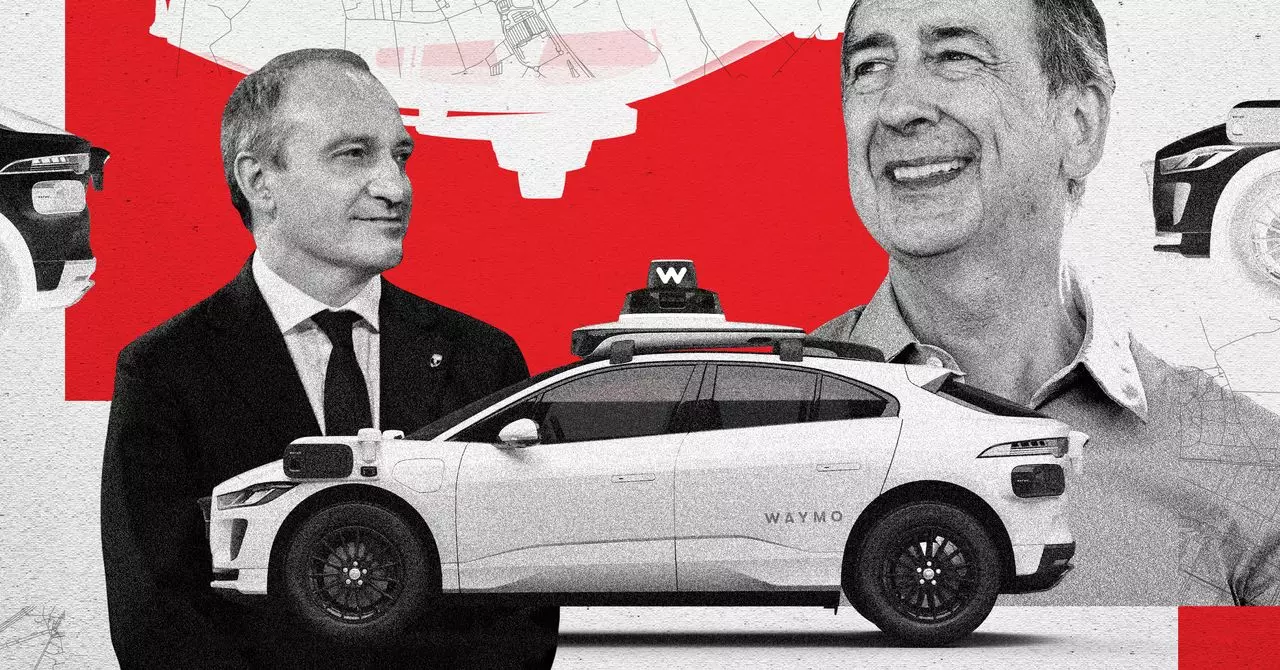The trajectory of autonomous vehicles in Italy hinges significantly on political willpower and strategic vision. While technological advances are crucial, they alone cannot propel Italy into the forefront of autonomous driving. The recent rally of over 60 mayors across the country signals a decisive shift towards embracing innovation at the municipal level. Their collective commitment demonstrates an understanding that local governance can be a powerful driver for change, especially when national frameworks are sluggish or fragmented. This localized enthusiasm creates fertile ground for experimental testing, fostering ecosystems where autonomous vehicles can be integrated seamlessly into urban life. It’s a bold move that redefines the traditional role of Italian cities from static historical centers to dynamic laboratories of future mobility.
Breaking the European Isolation in Autonomous Tech
Europe’s lag in autonomous vehicle deployment starkly contrasts with the rapid progress seen in the US and China. While American companies like Waymo conduct hundreds of thousands of rides weekly, and Chinese cities boast extensive testing miles, Europe remains divided into myriad micro-projects. Public investments are scattered, and federal regulatory inconsistencies hinder scalability. Italy’s initiative aims to challenge this fragmentation by positioning itself as a regional leader, envisioning municipal areas as testing grounds for cutting-edge technology. Such an approach not only accelerates innovation but also signals a resilient confidence in regional capacities. Italy’s emphasis on creating an integrated testing environment could serve as a blueprint for overcoming Europe’s structural barriers, demonstrating that pioneering efforts often emerge from local leadership and bold policymaking.
Addressing Urban and Social Challenges with Autonomous Vehicles
At its core, Italy’s push for autonomous driving is rooted in addressing tangible urban issues. Congestion, pollution, and inefficient logistics are pressing concerns for many Italian cities, especially as urban populations swell. Autonomous vehicles promise a fundamental transformation, decreasing traffic jams, lowering emissions, and simplifying freight movement. Moreover, there is a profound social dimension at play. Extending mobility rights to the elderly, disabled, and children reflects a humanitarian vision intertwined with technological progress. Autonomous vehicles could be the key to inclusivity, providing independence to those most excluded by traditional transportation systems. This socio-technological synergy hints at a future where autonomous driving is not just about innovation but about building more equitable urban environments.
Italy’s active political engagement marks a pivotal moment for autonomous vehicle development in Europe. Far from passive observers, Italian mayors demonstrate that local governments can spearhead progress in sectors traditionally dominated by industry or broader national policies. While technological challenges remain, Italy’s strategic positioning and commitment to testing and innovation could reshape its transportation landscape, placing the country at the nexus of Europe’s autonomous revolution. Success will depend on maintaining momentum, fostering collaboration, and leveraging Italy’s unique urban advantages to make autonomous driving not just a possibility but a practical reality for all citizens.

